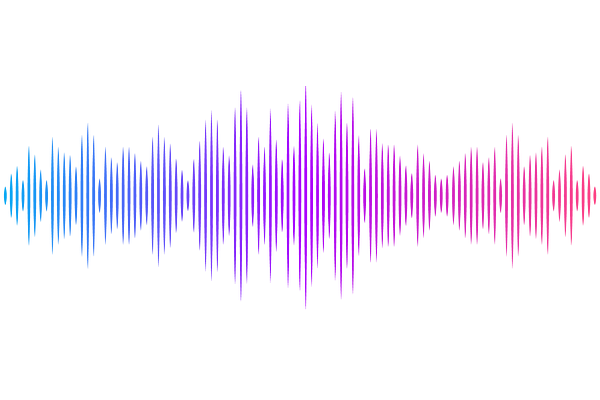Advanced techniques of searching for flares of ultra-high-energy photons from point sources

Advanced techniques of searching for flares of ultra-high-energy photons from point sources
Jaroslaw Stasielak, Chaitanya Priyadarshi, Dariusz Góra, Nataliia Borodai, Marcus Niechciol, Jan Pękala
AbstractAstrophysical flares are one of the possible prominent source classes of ultra-high-energy (UHE, $E > 10^{17}$ eV) cosmic rays, which can be detected by recording clusters of extensive air showers in arrays of detectors. The search for sources of neutral particles offers distinct advantages over searching for sources of charged particles, as the former traverse cosmic distances undeflected by magnetic fields. While no cosmic-ray photons exceeding $10^{17}$ eV have been definitively detected, identifying the clustering of events in cosmic-ray data would provide compelling evidence for their existence. We compare two analysis methods for detecting direction-time clustering in UHE extensive air showers: an approach that examines multiplets, and the stacking method, which analyzes sets of doublets that are not necessarily consecutive, thus making it sensitive to multiple flares. Both techniques combine time-clustering algorithms with unbinned likelihood study. Background events (initiated by hadrons) can be more efficiently distinguished from photon-induced events (signals) by using a photon tag that employs probability distribution functions to classify each event as more likely to be initiated by either a photon or a hadron. We demonstrate that these methods can effectively distinguish between events initiated by photons and those initiated by hadrons (background), and can accurately reproduce both the number of photon events within flares and their duration. We calculate the discovery potentials, i.e., the number of events required to identify a photon flare. The methods discussed can be used to search for cosmic ray sources and/or improve limits on the fluxes of UHE photons.